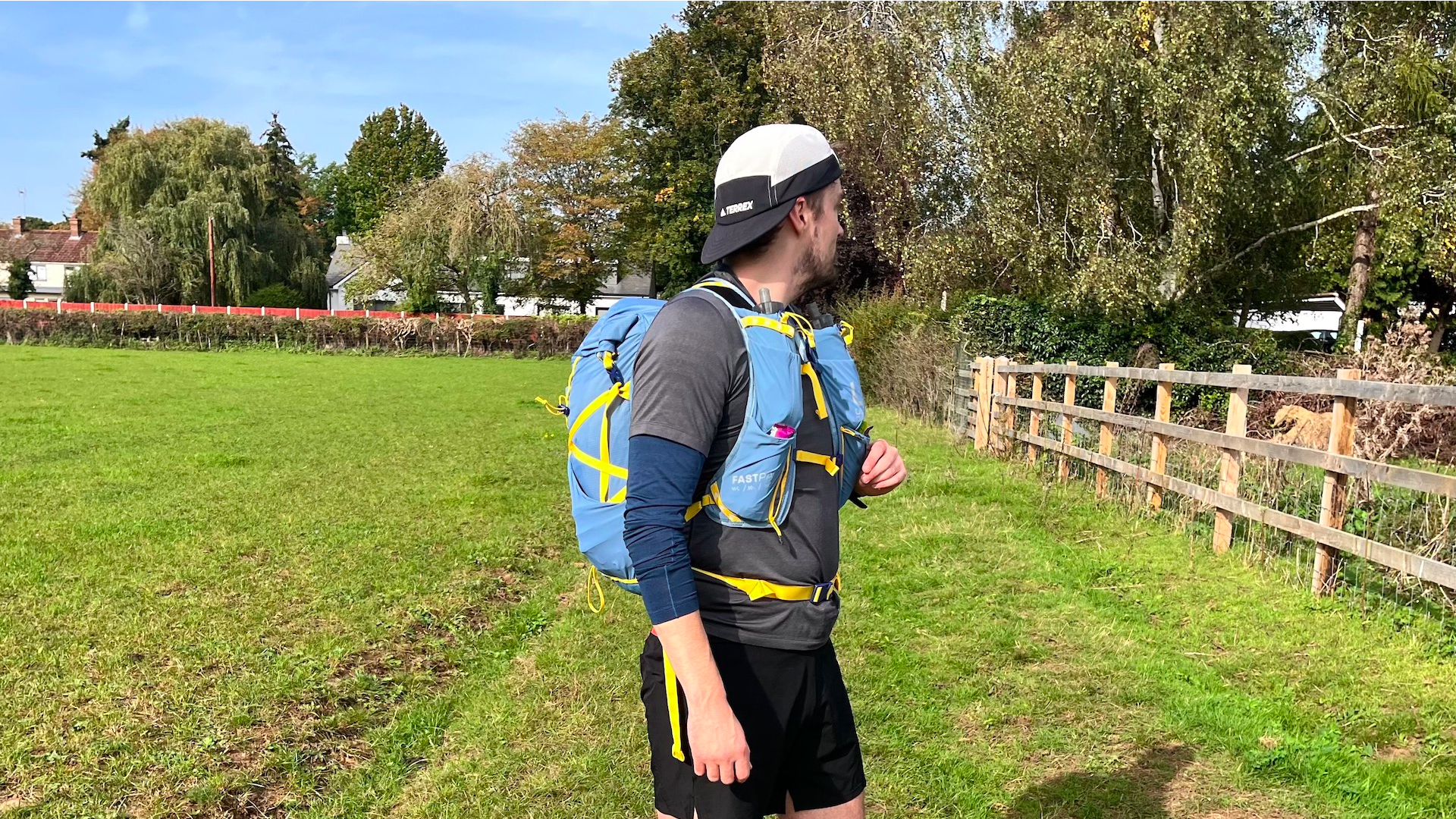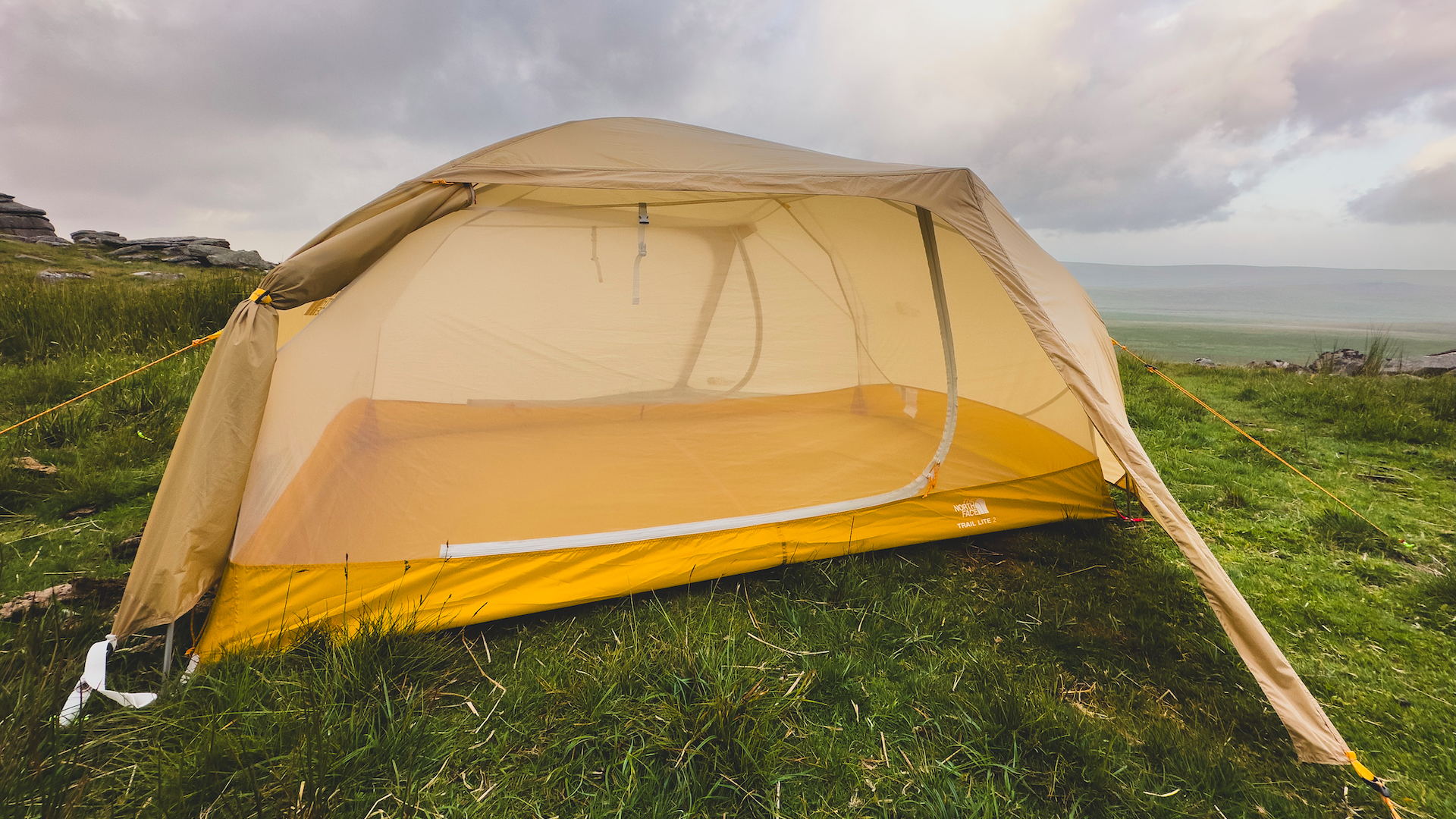
Fastpacking is all about moving quickly while carrying everything you need on your back. A beautiful blend of trail running and backpacking, it involves mostly running from A to B in order to cover as much ground as possible in a much shorter timeframe than you would if you were hiking. Because you’ll spend about 80% of your time running, however, weight plays a significantly greater role than on standard backpacking trips: pack too heavily and you’ll quickly feel it in your shoulders, back, knees and ankles.
Whenever you’re heading out to camp in the wilderness, your shelter will be one of the most important things on your kit list, but also one of the heaviest. So just how light should a tent be for fastpacking?
Why weight matters for fastpacking

When you run, you load your joints with significantly more reactive force than you do when walking or cycling. The action of absorbing momentum and springing you forward takes a huge toll on your knees and ankles, so minimizing weight is important in order to minimize strain.
Generally speaking, you drive around four to seven times your total body weight into the patellofemoral joints when running, which is equivalent to an extra 40kg-70kg of load on your knee joints when carrying a 10kg backpack. Therefore, for every kilo you can shave off, the weight saving will compounded, and can have a huge net-positive impact on your body as you run.
When it comes to your tent, the difference between 1kg or 2.5kg models might not feel like a big deal when you hold both in your hands – indeed, they’ll both feel reasonably lightweight, especially when being used on hiking trips. When you apply that difference to running, however, the extra weight suddenly has a much larger impact. After all, the higher the force, the higher the chance of injury, as I learned to my cost on a failed fastpacking trip.
So, how heavy should my tent be for fastpacking?

Now we know just how important it is to pack light on a run, you should have some idea in regards to your own limits for tent weights on fastpacking trips. I, for example, would max out my tent weight at 1.5kg, although this depends on the environment I’m going to be sleeping in. As for some rules of thumb, here are some tents for you to consider should you want to keep your weight below certain benchmarks:
If you want to keep the weight of your tent under 500g, you’re going to have to rely on teeny tiny bivy tents or lightweight tarps. Bivy tents will keep you safe and warm in a coffin-sized enclosure (especially if you use a hooped bivy, like the Big Agnes Three Wire Hooped Bivy or the Outdoor Research Helium), whereas tarps will leave you a little more exposed but will give you more room to cook and move around.
If you want to maximize the liveability of your shelter, a solid option could be a trekking pole tent. These tend to be very lightweight while offering plenty of room for one person and kit: you just need to bear in mind that you need to carry extra poles. Therefore, if you’re the type of fastpacker who uses running poles anyway, trekking pole tents, such as Decathlon’s low budget and ultra-impressive MT900 Minimal Editions Trekking Pole Tarp Tent, could be a solid option for you to maximize livability and comfort in a shelter while keeping the net weight down.
For the most versatile, yet heavier option, conventional ultralight one-person tents can offer all of the protection you need whilst still keeping your weight down – as long as you purchase one with weight in mind. Shelters like the Big Agnes Fly Creek UL 1, which weighs an impressive 800g, or the Robens Chaser 1, a versatile tunnel tent that weighs in at 1,260g, will keep you safe and comfortable in a variety of conditions. They’ll deliver much more room than bivy-style tents whilst still packing down small and keeping your pack light.
How to minimize weight

If you’re fastpacking with a friend, a great way to minimize the weight you carry is to share a shelter. If you already own a two-person tent that weighs about 2kg, for example, you could conveniently split the load between the two of you to keep the net weight of your tent impressively low – and to avoid having to splurge on another shelter.
- Best hiking pants 2023: rugged protection, warmth and comfort







